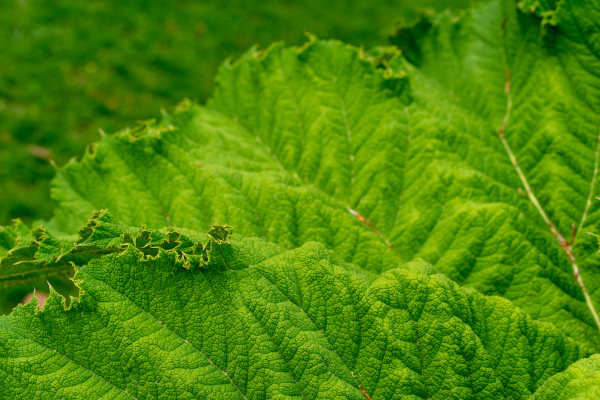How to grow Gunnera
Gunnera is the sole genus of herbaceous flowering plants in the family Gunneraceae, which contains 40 to 50 species. These vary in size enormously and not all are hardy enough for the UK climate.
As a cautionary note - there are two hardy giant-leaved gunnera in general cultivation - Gunnera tinctoria and Gunnera × cryptica and both are now considered invasive and should not be cultivated. Gardeners already growing these plants need not remove them - just prevent them spreading beyond their garden and dispose of any unwanted plants or plant material by burning on site or taking to a waste processing centre.
There are, however, smaller species which remain available. We supply one of these, Gunnera magellanica, also known as the Devil’s Strawberry and Baby Gunnera, which enjoys the same damp conditions and will naturalise to create a carpet of weed suppressing interwoven foliage. Plants originate from South America and are hardy (H4) enough to cope with temperatures as low as -5 to -10°C. An herbaceous perennial which reaches around 15cm tall and spreads to around 30cm. Flower spikes are produced in summertime and resemble miniature, multi-headed red spikes on red stems which can swell into red berries which look like miniature strawberries. Plants will naturalise spreading branched runners just under the surface of the soil and creating new plants as they go.
Well worth seeking out if you have damp soil at the edge of a pond or you have a bog garden. Plants will also happily grow in pots, just water well and ensure the soil remains moist.
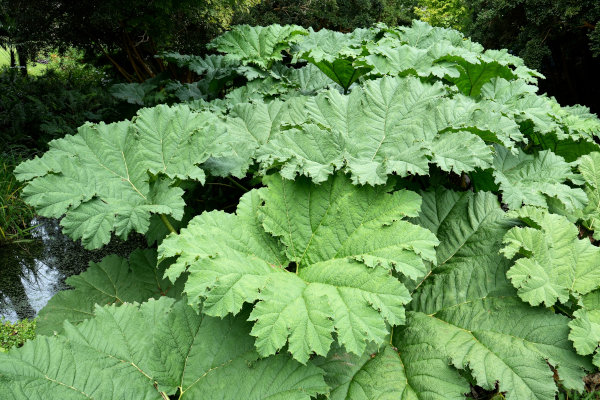
Zantedeschia is a genus of flowering plants from the family Araceae and is native to southern Africa. With a rich history dating back to the Ancient Romans, these deciduous or semi-evergreen perennials have been used as a symbol of celebration. Zantedeschia was Named after Professor Giovanni Zantedeschia, an Italian botanist.
There are two main forms of Zantedeschia: hardy and tender. Hardy forms of the plant can be grown outdoors, enjoy moist soil and full sun or partially shaded conditions - these are known as Arum lilies. Tender forms of Zantedeschia prefer being grown in containers or pots and should be brought inside over the winter - these are known as Calla lilies.
With tuberous flora in all colours from whites, yellows and oranges to deep reds and purples, Zantedeschias are not to be overlooked in any garden, as long as they have sufficient sunlight to grow in.
Ready to learn more about growing Zantedeschia? Read on for all there is to know...

Key Information
Soil pH
Position
Hardiness

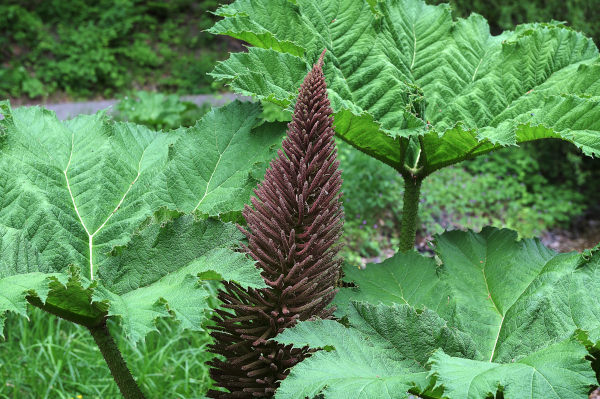
Where & when to plant Gunnera
Position - Partial sun and shade of any aspect other than south facing.
Soil - Continually moist, rich clay or loam-based soil.
Flowering Period - Summer
Hardiness - H4 (-5°C to -10°C)
For best results, plant in spring or summer, if planting in summer – be diligent about watering as you plant establishes itself. Ideal for around a pond or in a bog garden where they will eagerly spread to suppress unwanted weeds and create a spectacular mosaic of rounded, crinkled leaves. Ensure that plants are protected from scorching sun between 11.00 and 15.00 for best results. As long as they are provided with damp, humus rich soil Gunnera magellanica will also thrive in pots.
How to plant Gunnera
- For planting in the garden, dig the soil area removing any large stones and weeds and breaking up any lumps. Add some organic matter such as manure or garden compost to enrich to soil.
- Rake level and firm with your heels. Rake level again.
- Water plants well and allow to drain before planting.
- A good tip is to dig a hole twice the size of the root-ball. Fill with water and allow to drain before placing in the plant.
- Place the plant in the hole, ensuring the top of the root ball sits level with the surface of the soil. Too low and the plant may rot, too high and the roots can dry out.
- Backfill with soil and firm in gently with your foot.
- Soak well with water.
- Mulch around the base with well-rotted organic matter.
- For container planting choose a suitably sized pot with plenty of drainage holes in the bottom. You may wish to grow your Gunnera in a pot of its own (in which case choose one 5-10cm larger than the current diameter of the rootball) or in a larger mixed container.
- If you are using a large or heavy pot, it can be a good idea to fill and plant it in situ to save yourself the trouble of moving once full.
- Start by partially filling the pot with compost (a mix of general and aquatic compost will help with water retention). Add enough so that when placed on it the upper surface of the root ball is about 3cm lower than the top of the pot.
- Fill around the plant with compost, firming down with your fingers then adding a little more so it is held tight.
- Pick up the container (if you can!) and lightly tap on the potting bench or ground a few times to help further settle the compost around the plant.
- Soak well with water.
- A mulch with horticultural grit will look attractive and help to prevent a ‘cap’ or crust forming on the top of the compost (something container plants can suffer due to the artificial nature of their watering).

What to plant with Gunnera
Knit this spring-flowering, shade-loving perennial together with similarly inclined companions for a gloom-busting tapestry of colour, texture, and form. Think moisture loving Astilbe, Erythronium, primula, ferns and myosotis.
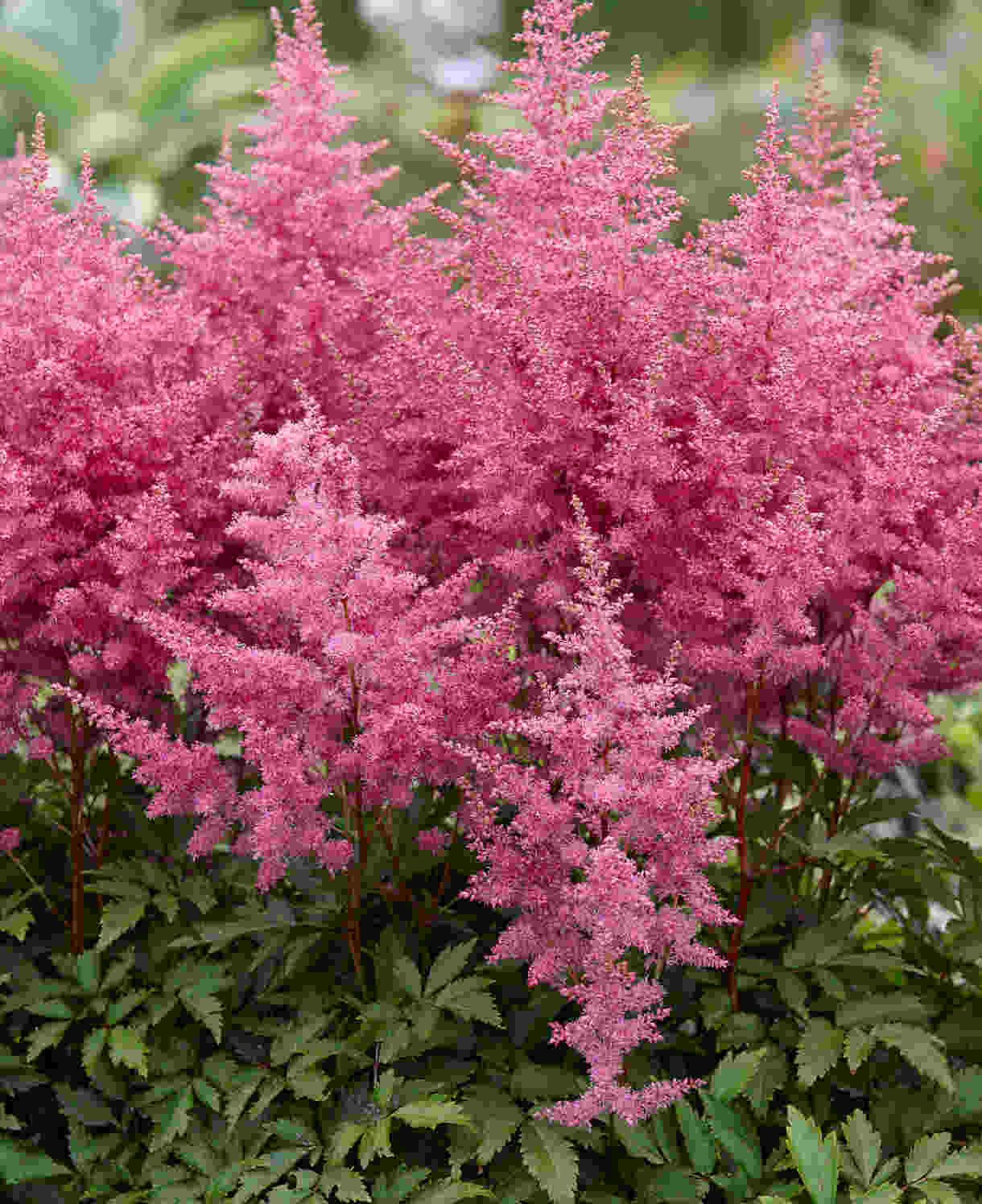
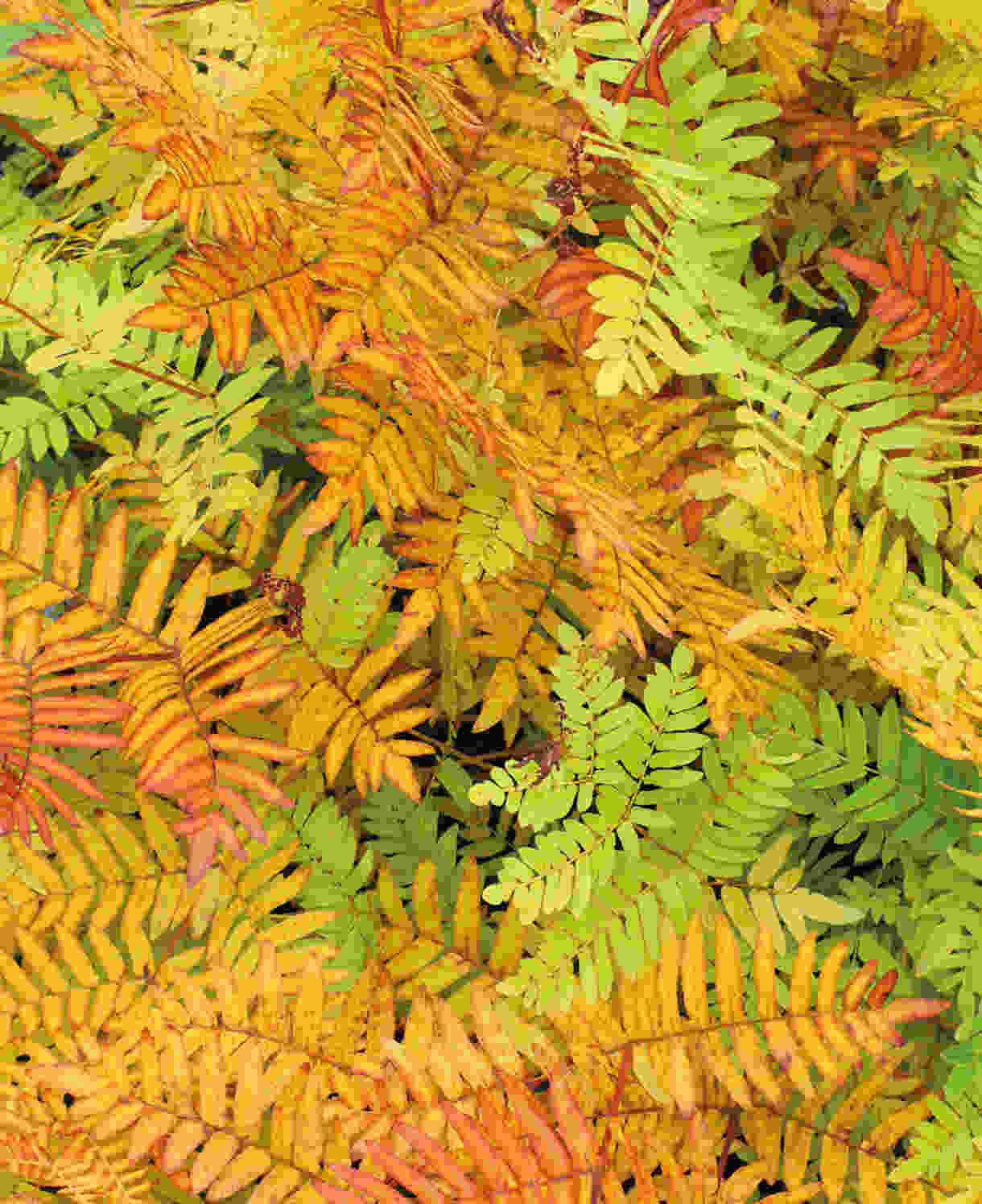
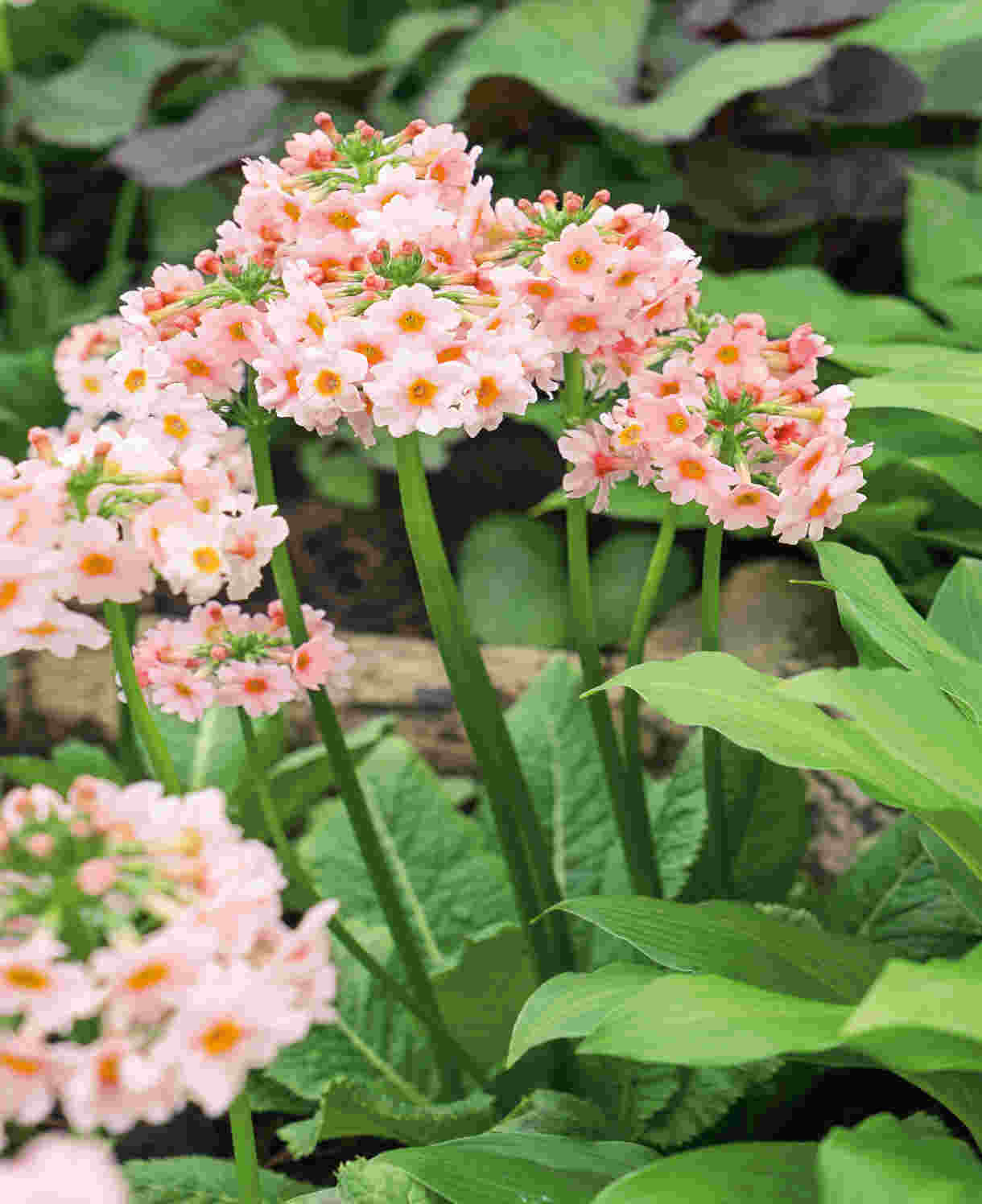
How to care for Gunnera
Gunnera are herbaceous perennials so the spectacular foliage will die back at the end of the summer. Simply tidy away if necessary and, dependent on where you are, mulch plants to offer a degree of frost protection.
Watering
Gunnera in the ground should be given a good watering in on planting and then careful monitoring to ensure the soil remains moist, particularly in hot dry spells. Once established a weekly check should be sufficient.
Gunnera in a container requires regular watering throughout the growing season.
Feeding
With healthy, fertile soil, a mulch of well-rotted organic matter over winter (a layer of leaf mould, manure, or garden compost applied to the soil around the plant) should provide enough nutrients for your Gunnera. The same applies to container grown plants but these can be mulched in late winter or early spring when they are moved outdoors again.
Cold Protection
Dependent upon where you garden in the UK your Gunnera may need protection from frost damage over winter – you can do this by covering crowns with a mulch of compost and manure which will also feed them in preparation for new growth in spring. Gunnera in containers are best placed in a frost-free spot over winter as they are more vulnerable than those in the ground.
Pests and Diseases
Gunnera are generally pest and disease free. Brown leaves and dieback in spring can be due to frost but the plant should bounce back, producing new growth when the temperatures begin to rise around March time.
How to propagate Gunnera
The quickest and easiest way to propagate Gunnera is by lifting and dividing established plants in early spring.
- Dig the plant, or a section of the plant, out of the ground.
- Shake off any excess soil.
- Separate the plant into sections by gently prising the clump apart.
- Discard old, damaged, or surplus pieces, keeping healthy, vigorous material.
- Replant decent-sized pieces where desired, and any smaller bits can be potted up.
- Water well until fully established.
* Many plants carry Plant Breeders Rights and cannot be propagated for commercial purposes.
Common Gunnera questions
Is gunnera easy to grow?
Yes, providing soil is kept moist at all times gunnera requires very little extra care.
Can gunnera grow in pots?
Yes, even the larger leaved varieties will grow in a container providing the soil is kept moist at all times. This will, however, curb your plant’s growth to some extent and plants will need more protection from frost.
Can gunnera be planted in water?
No, your gunnera needs to be near water but not in water.
